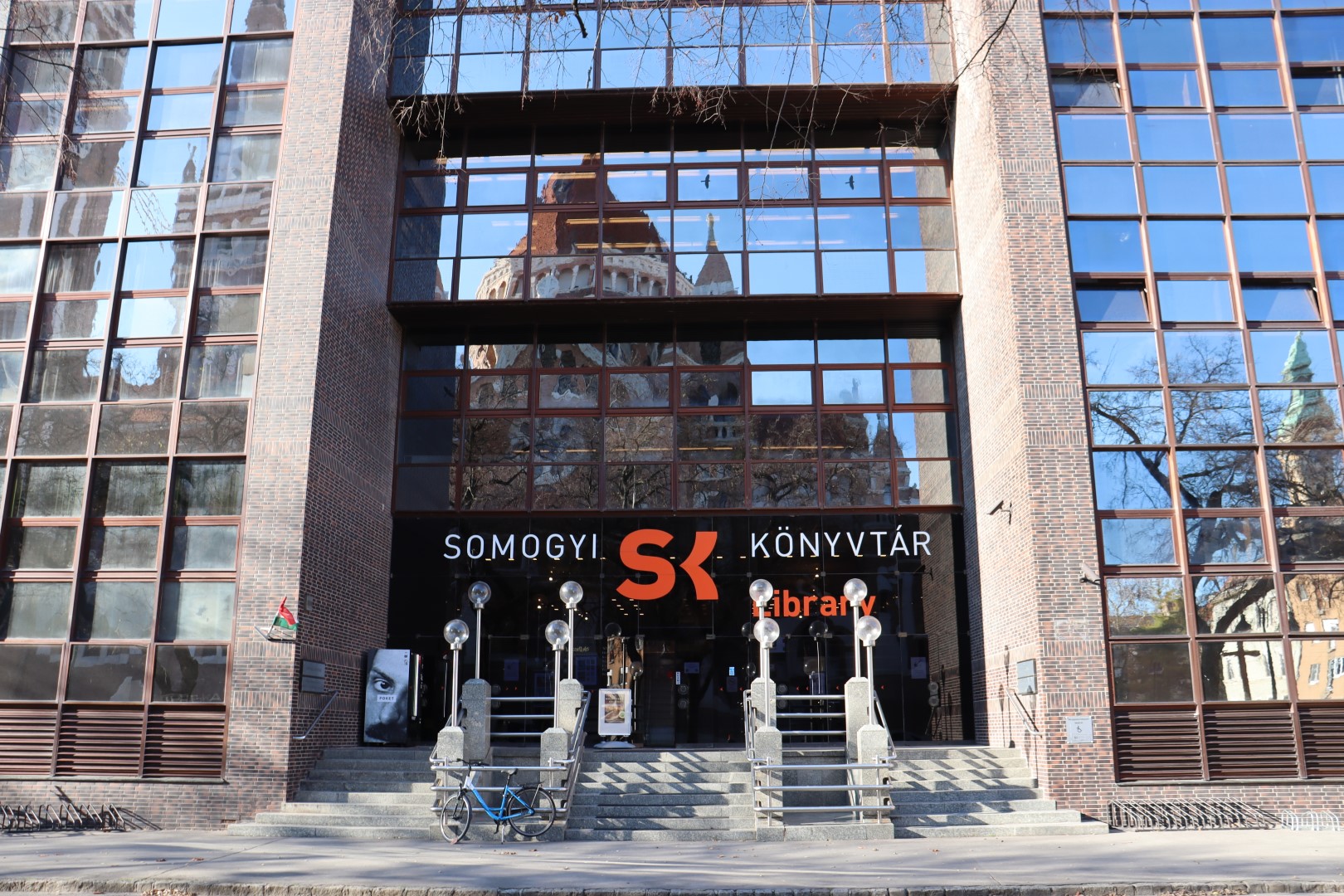ÁGOTA FISCHHOF
Contributions to culture and science
She is one of the well-known women of Szeged’s artistic and public life, whose multifaceted, charismatic personality and life story still fascinates art historians and urban historians alike. She was the “little sister” of Ferenc Móra, the muse of László Moholy-Nagy, a member of the Szeged Feminist Association, the first Hungarian qualified librarian, wife and mother of a family. After completing her studies, she moved to the Somogy Library as an assistant librarian, and from there her life began. Gyula Szász helped her to learn the basics of librarianship. Over the years, she became Móra’s “little librarian”, and her name is associated with the construction of the subject-word catalogue. In April 1919, during the French occupation of Szeged, the connoisseur General De Tournadre paid a visit to the Palace of Public Culture, and Ágota Fischhof translated Móra’s words into French. The Somogy Library was one of the first ones to have a female librarian.
Short biography
Ágota Fischhof was born on 4 June 1895 to a Jewish family in Szeged. Her father, Samu Fischhof, born in Timisoara, was the director of the first Szeged Ceramics and Artifact Factory, her mother Julianna Léderer, a landowner from Bácska. They had four children, Ágota was the second to be born. The family lived in Korona (now Hajnóczy) Street.
She had tried many sports: swimming, fencing, tennis, ice skating. She was a member of the Szeged Athletics Club (SZAK) team, and often went to competitions. She studied at the state upper secondary school for girls (now Tömörkény István Gimnázium) and received a varied and thorough education at home. Her teachers were among the best in Szeged at the time: Ödön Heller taught her Drawing, Péter Király-König Piano, Bauer Simonné (mother of Béla Balázs) German and French.
In 1916 she was admitted to the Hochschule für Bibliothekarinnen in Berlin to study librarianship. In addition to her studies, she also took a job, working on Hungarian wartime literature for a small fee. In 1919, after completing the two-year college, she returned to her hometown and continued her work in the biblioteca run by Móra. Ágota Fischhof went down in history as the first Hungarian librarian to be trained in her profession. She first started reorganising the reference library according to the German method. “It was a jungle, and I knew that what was out of place was lost.” In April 1919, during the French occupation of Szeged, the connoisseur General De Tournadre paid a visit to the Palace of Public Culture, and Ágota Fischhof translated Móra’s words into French. She worked in the library until 1924, when she became a clerk while raising her children. She died on 11 September 1976. Her husband was unable to cope with the loss and succeeded her less than a month later.
Interesting facts
The strikingly beautiful and educated girl was the muse of the Szeged art world at the beginning of the 20th century: she inspired painters and poets alike. László Moholy-Nagy – later to become a world-famous artist and a prominent teacher of the Bauhaus school – painted the librarian. At the 1919 exhibition in Szeged, Móra called her portrait painting “Ági” “Tahiti Madonna”, as it has been known ever since. Her figure is preserved in the works of Sándor Nyilasy, Ödön Heller and István Tevan, and her ex libris was drawn by the activist sculptor Sándor Gergely with airy, feminine lines.
Her figure can be found in the works of Béla Balázs and Ferenc Móra, who modelled some of their characters on her. Gyula Juhász wrote a poem about her entitled Ex libris. Her poem was included in a volume entitled Nefelejcs, which he dedicated as follows: “To Ági Fischhof, the main propeller of my cultural advances, with loving gratefully, Gyula Juhász.”

